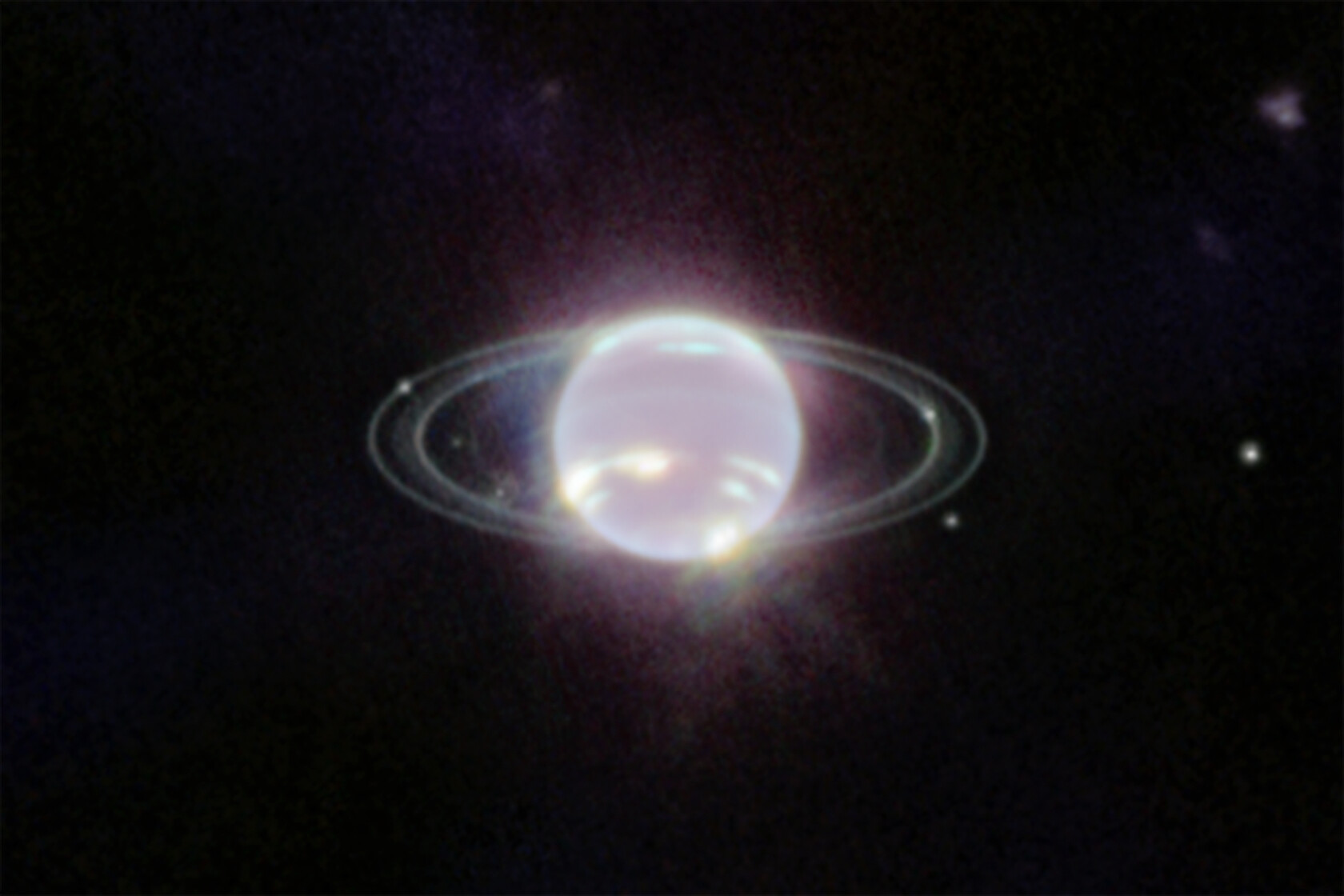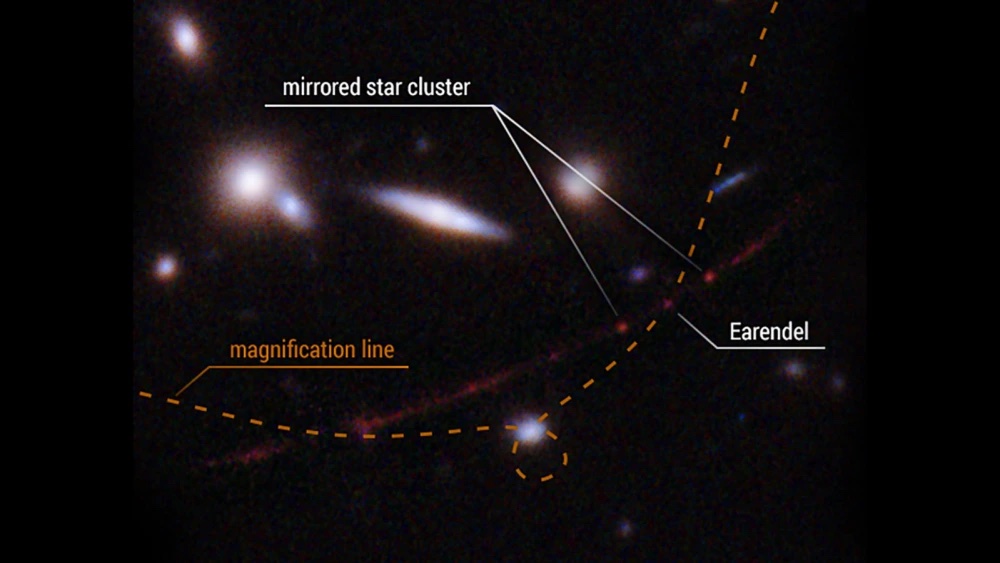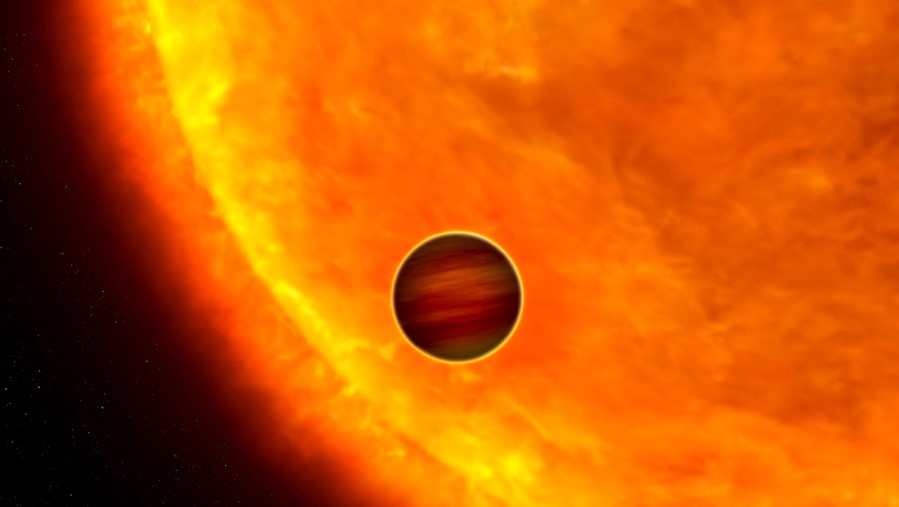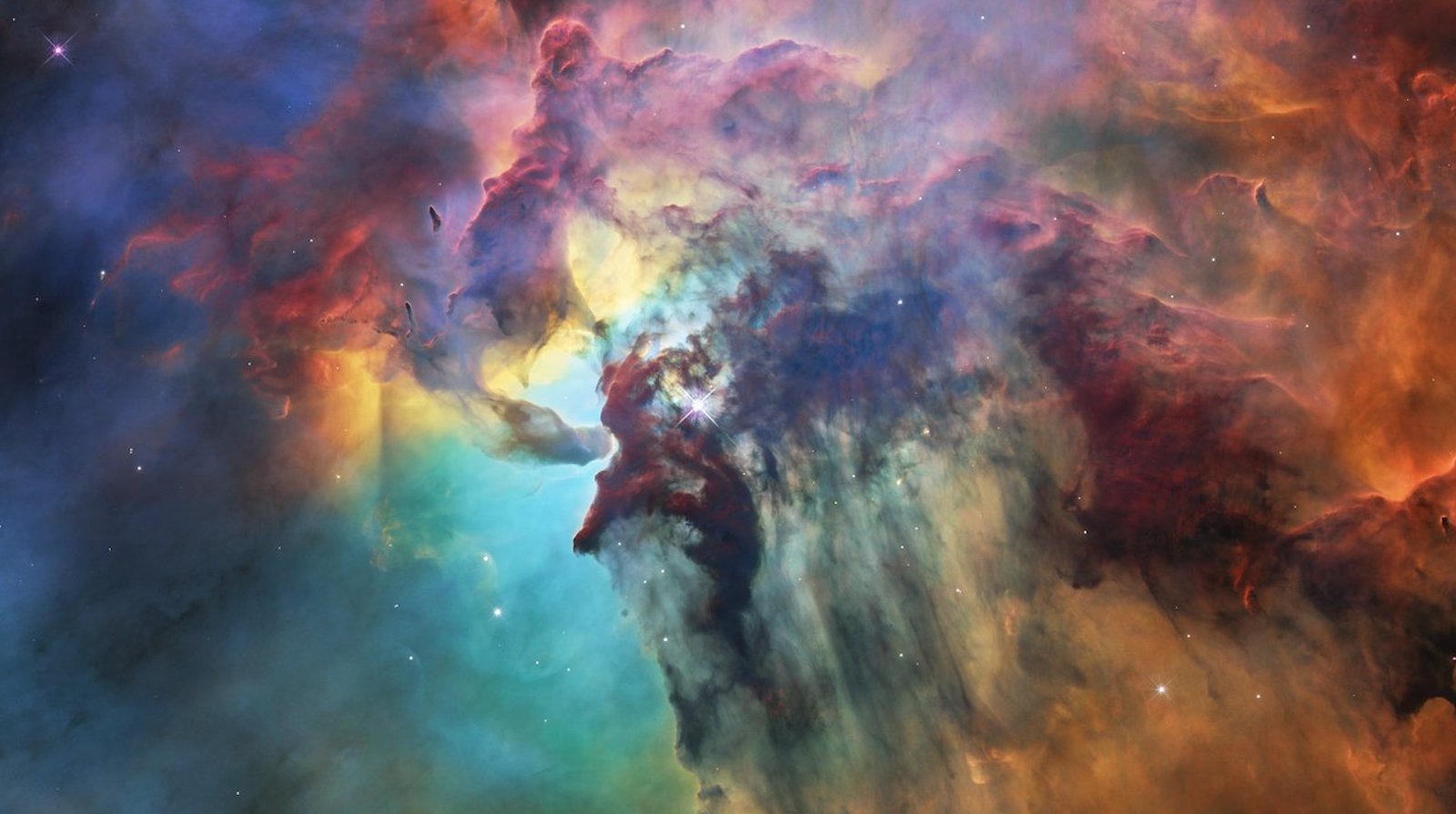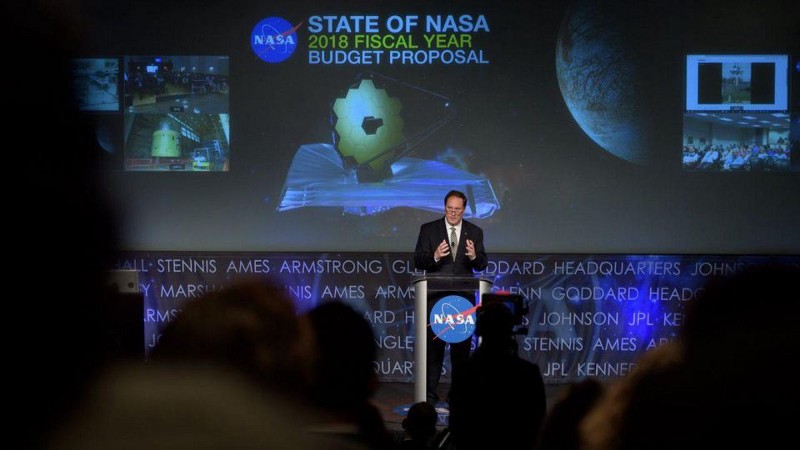Thanks To Hubble, Now There Are 14 Known Neptune Moons
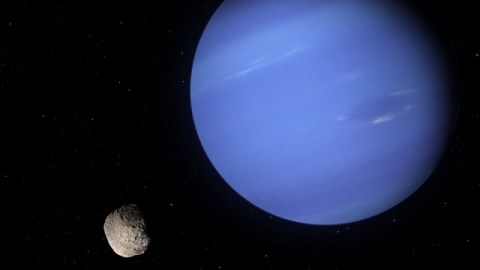
What’s the Latest Development?
Keen eyesight — both from the Hubble Space Telescope and SETI Institute astronomer Marc Showalter, who was examining photos of Neptune taken between 2004 and 2009 — are the reason why the world now knows of S/2004 N 1, a rock only 12 miles in diameter that is the 14th known moon orbiting the planet. A past study done by Voyager 2 in 1989 missed the little guy, but Showalter noticed “an extra white dot” in the Hubble pics. Further analysis allowed him to plot the moon’s exact location and orbit. S/2004 N 1 is orbiting between two other moons, Larissa and Proteus, and completes a revolution once every 23 hours.
What’s the Big Idea?
Hubble has been providing scientists with a wealth of data since it first went into operation way back in 1990. According to a NASA official, the plan is to let it keep running until 2018, when the James Webb Space Telescope is scheduled to launch. A lot of excitement is building around this telescope — its ability to see in infrared being just one bonus — but with this latest discovery, Hubble’s proven that it’s not ready for the pasture just yet.
Photo Credit: Shutterstock.com
